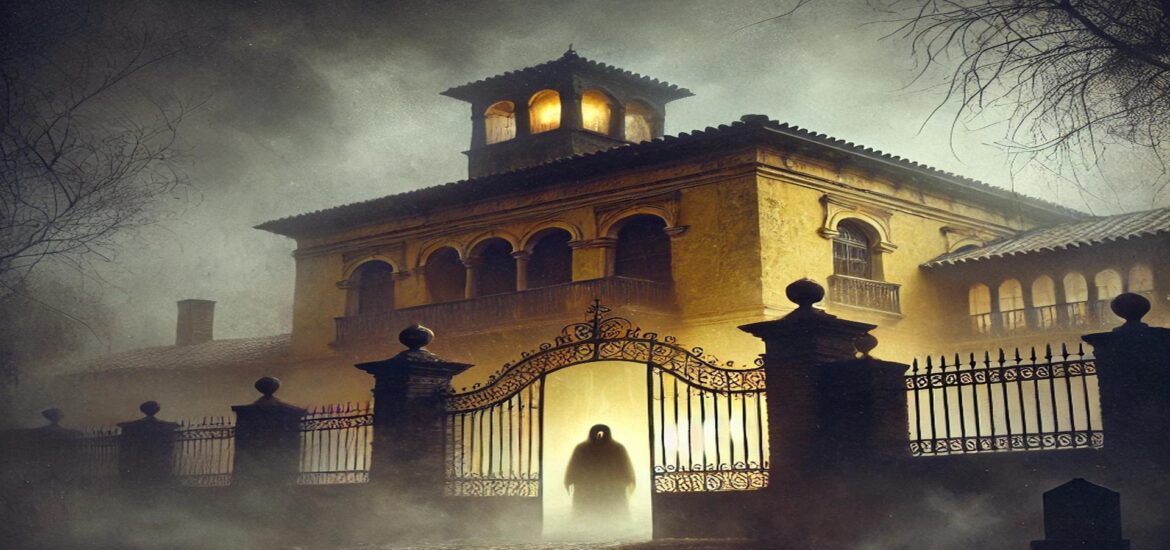Thanks to Peru’s vast history and culture, tales and stories have been passed on for generations, some related to the supernatural. These urban legends still fascinate people and offer a glimpse into the fears, beliefs, and imaginations of its people.
These tales, from haunted houses to spectral warnings, blend the eerie with the intriguing, entertaining, and unsettle their listeners. In this article, we see some famous urban legends from Peru. Stay with us to learn about them, are you ready? Let’s go!
The Story of María Marimacha
Step into the captivating story of María, a spirited 10-year-old girl who defied the conventional mold. Instead of bustling about with household chores, she immersed herself in adventures that used to ignite her curiosity. One day, her mother noticed a chore checklist that lay untouched.
With a simple mission, she sent María to the market for lunch ingredients: beef heart, liver, and oil for some mouthwatering anticuchos, a typical Peruvian street food dish. But first, the allure of marbles called, so María danced her way to the neighborhood boys.
Amidst playful moments, she earned the nickname “María Marimacha,” a label for girls daring to play like boys. In an era where gender norms ruled, such terms were commonplace. Yet today, their meaning has evolved as society strides toward equality.
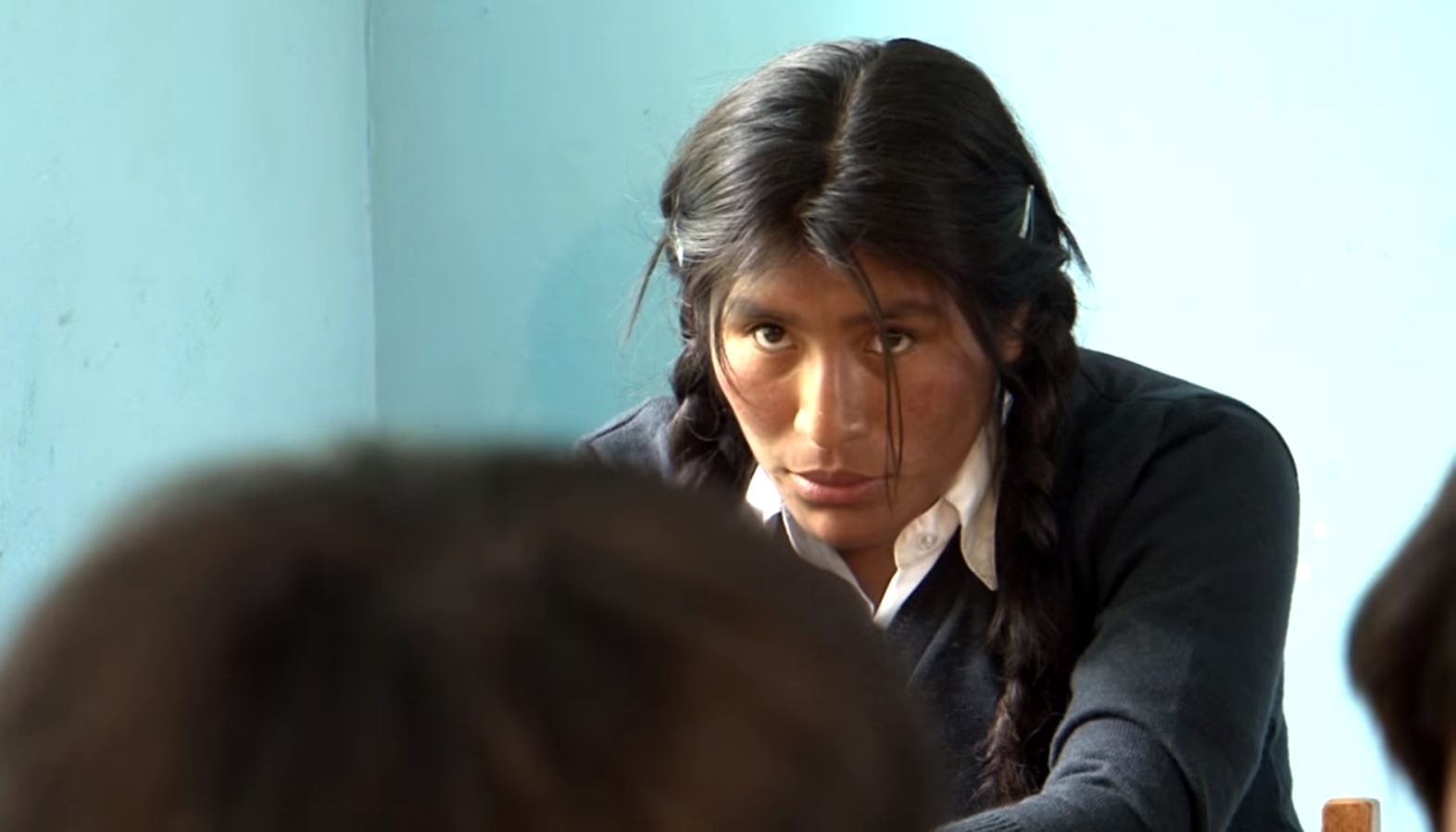
Keen to join the merriment, María wagered her only treasure—a 20-sol bill reserved for groceries. Lady Luck was not on her side, and the bill slipped away during the game. As night fell, her heart sank without a single purchase to show. The shops were locked tight, and anxiety crept in.
Desperate not to disappoint her mother or face dinnerless darkness, María hatched a daring plan to visit the local cemetery. Amongst the tombstones, her eyes landed on a fresh grave. In a rush of courage, she opened the coffin and found a man’s lifeless body.
Seizing a glass bottle nearby, she shattered it, using the jagged shards to carve out the heart. The cemetery lay silent at night, and her fears of being caught fell away. With bloodied hands, she wrapped the heart in leaves and scurried off.
The Afterward
Yet, short of funds, María’s ingenuity kicked in. She filled another bottle with her urine, passing it off as oil. Many believe she did this to shield her mother from disappointment, a testament to the love that drove her choices.
When she returned home, María proudly presented her “ingredients” to her mother. The meal was prepared, the table set, yet María couldn’t bring herself to eat, even though anticuchos were her favorite. Instead, she retreated to her room, avoiding her family’s cinema plans.
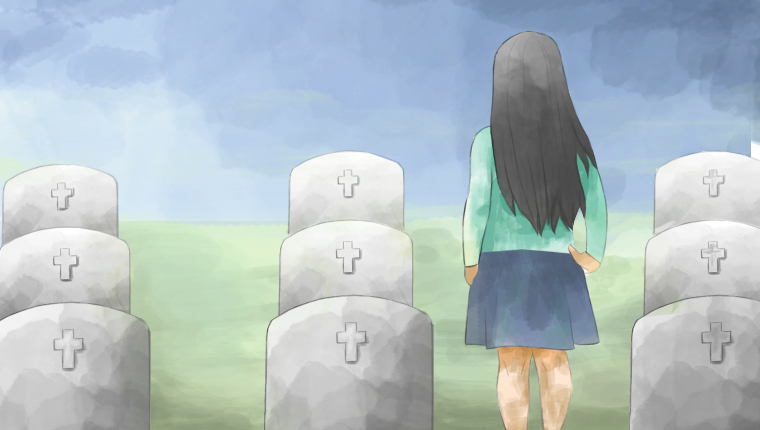
As sleep eluded her, a chilling voice pierced the quiet: “María Marimacha, I know what you did. María Marimacha, return my heart.” Though convinced she’d acted undetected, dread washed over her, and she found refuge in the shadows of her closet.
When her family returned, they called her name with treats, but silence reigned. Her sister ventured upstairs and discovered María, unresponsive, her chest open and heart absent. A mystery lingered, devoid of suspects or solutions.
A neighbor casually walked by, mistaking a distant scream for mere child’s play. This tale, dressed in horror-like fiction, has cast its shadow on children for generations, making them cautious of crossing paths with María Marimacha.
La Casa Matusita: The House of Madness
In the heart of Lima, La Casa Matusita stands as one of the most infamous haunted locations in Peru. Situated on a busy street, this unassuming building hides a sinister history. Over the years, many intriguing stories have come to light about ghostly apparitions, unusual noises, and a mysterious atmosphere that fascinates people. Next, we’ll share three different theories people claim Matusita is actually a haunted house.
The Mad Butler and Maid
A family reported hearing voices and seeing shadows, which made it hard for them to sleep. The stress took a toll on the father, who began to lose his grip on reality and mistreated his servants. Tired of the abuse and the strange happenings, the butler and maid turned to a dark ritual.
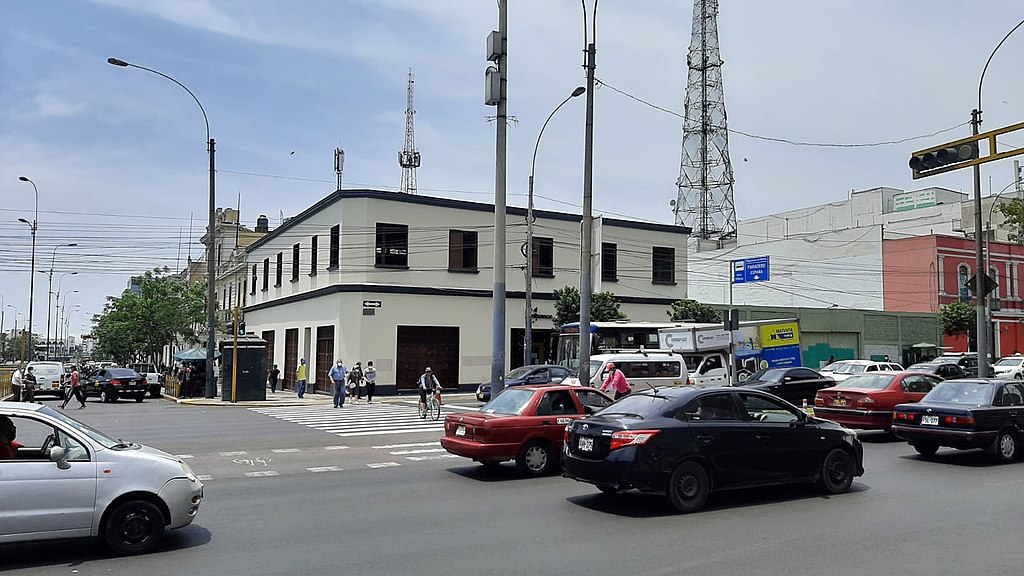
They harmed their employer and tried to destroy the evidence by setting the house on fire. To their surprise, the house remained intact, and they ended up in an asylum. Eventually, the house was sold to a Japanese immigrant family.
A Tale of Betrayal and Revenge
This version says that one day, a man came home to find his wife with another man. In a fit of rage, he harmed them both and then turned on his children when they arrived home. Overcome with guilt and madness, he took his own life.
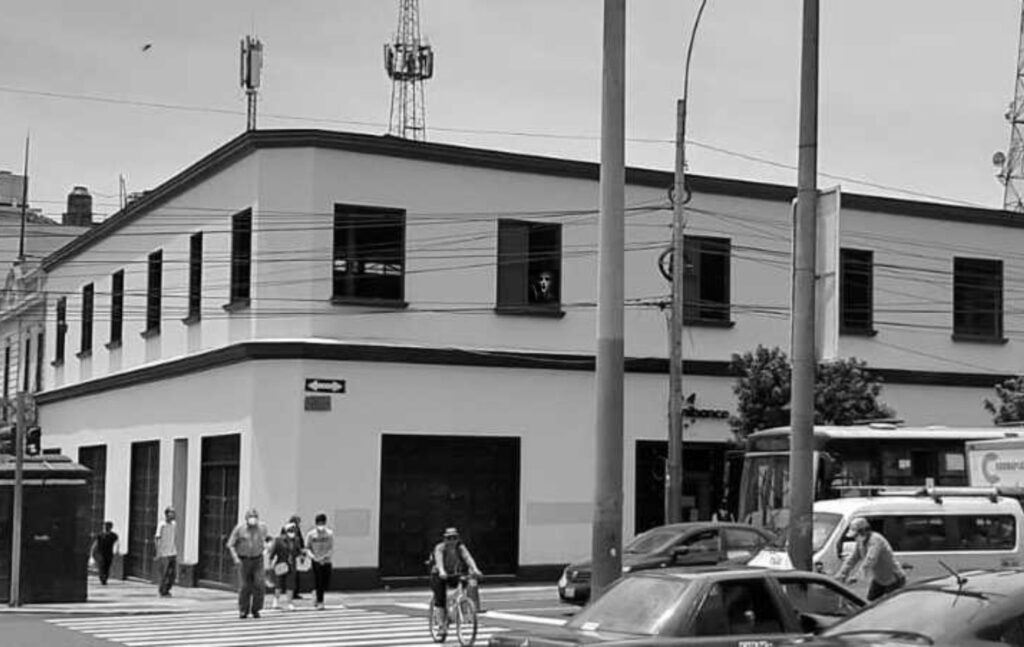
The Haunted Banquet
In this story, the family’s workers, unhappy with their treatment, decided to take action. They poisoned the owner’s food with a substance that made him hallucinate. After serving the meal, they locked the dining room door and waited.
When they heard screams, they rushed in, only to find a horrifying scene. Overcome with guilt, the workers took their own lives.
La Quinta Heeren: A Glimpse into Lima’s Haunted Past
La Quinta Heeren, a historic mansion in Lima’s Barrios Altos neighborhood, is renowned for its architectural beauty and ghostly legends. Built-in the 19th century by German businessman Óscar Heeren, this majestic mansion was a center of culture and a social life that hosted lavish parties for Peru’s elite.
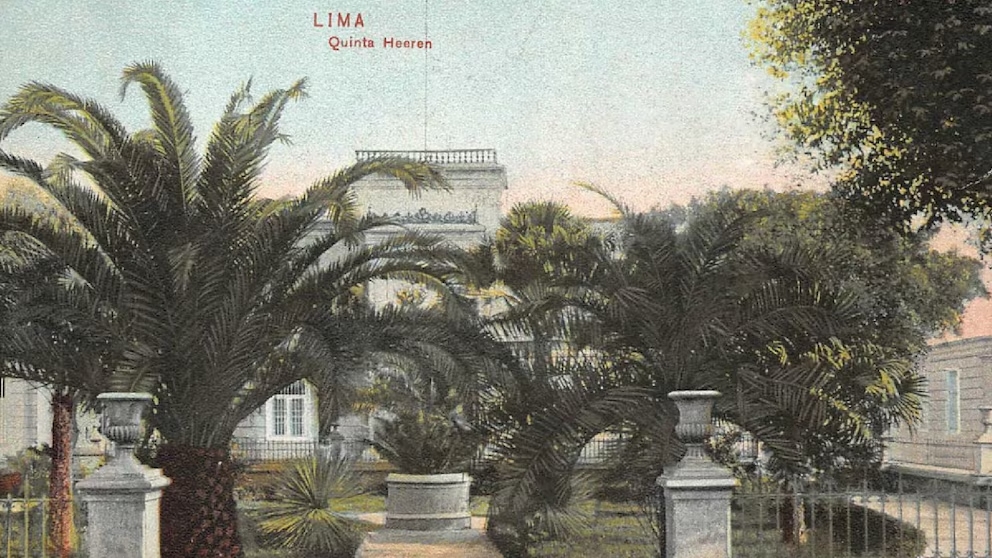
However, in 1928 an incident changed this mansion forever. Inside the house, a Japanese citizen called Seiguma Kitsutani committed suicide by “harakiri.” Neighbors got to know that, so they started moving over to other Lima districts.
The Japanese citizen incident created urban legends about the house. People insisted that they felt paranormal activity in the surroundings. According to the popular tale, Quinta Heeren was the place where people practiced exorcisms, demonic practices, and more.
Why do these legends persist?
Peruvian Legends and urban tales like these endure because they resonate deeply with cultural values, historical context, and universal fears. They serve as entertainment, moral lessons, and expressions of collective anxieties. As you can see, in Peru oral storytelling is a cherished tradition.
These tales preserve a connection to the past, blending folklore with modern experiences. Whether you believe in ghosts or not, or if you see these stories as pure fiction, one thing is certain: Peru’s urban legends offer a captivating journey into the mysterious.
They invite us to confront the unknown, and, to reconsider the line between the living and the dead. So the next time you find yourself in Lima, wandering the Andes, or driving along the rainforest, keep an open mind. Who knows? You might just encounter a piece of Peru’s haunted history yourself.
To learn more about legends, stories, and more about Peruvian culture, don’t miss our blog! We also invite you to take a trip to Peru. For that, you can rely on Viagens Machu Picchu. Feel free to contact us to learn more about our destinations, packages, and deals. Don’t take it too much longer, Peru is waiting for you!
Viagens Machu Picchu, journeys that inspire, moments that last.

